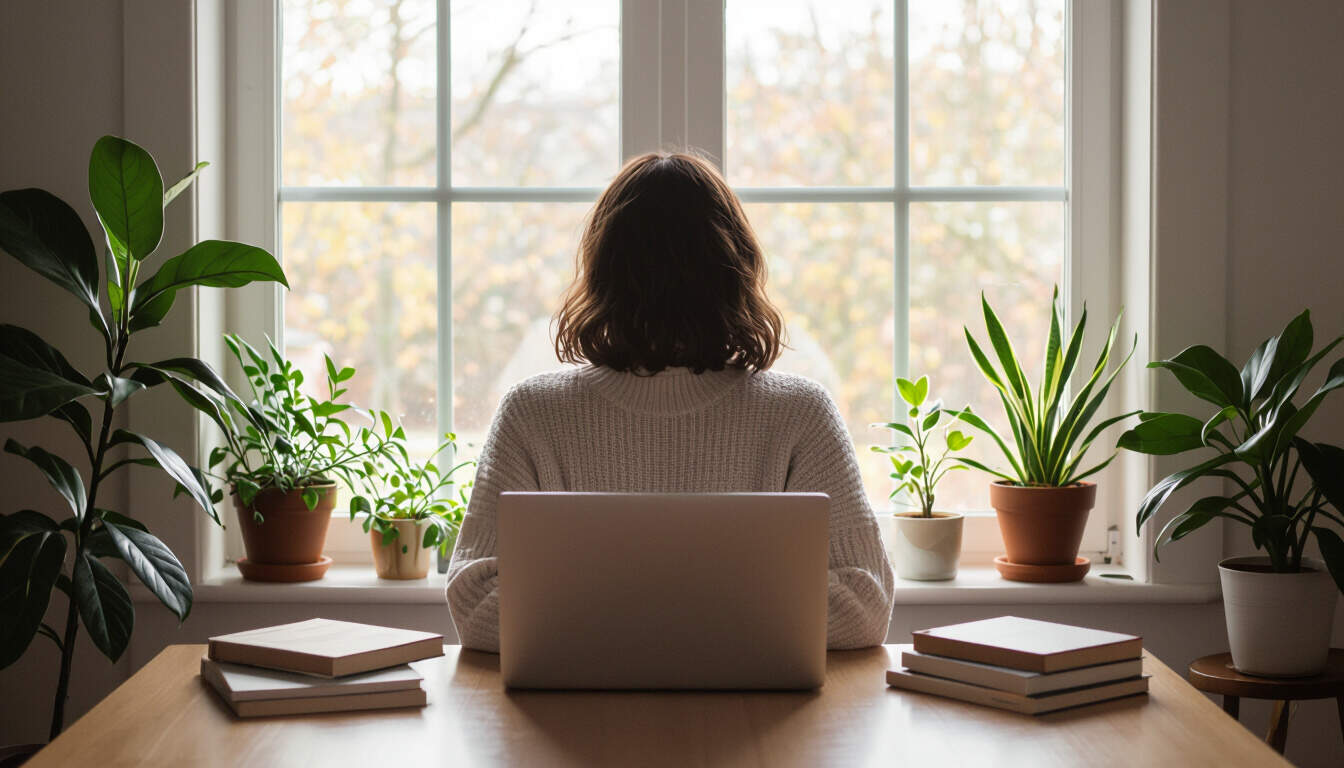Finding Balance in Tech Usage for Everyday Simplicity
 by Max Miller
by Max Miller
Discover how to maintain balanced tech usage to foster a minimalist lifestyle. This article offers practical strategies for busy professionals to reduce digital clutter, enhance focus, and create space for meaningful activities, leading to greater peace and productivity.

In our daily routines, tech often takes center stage, but achieving balance can bring a sense of calm and clarity. For busy professionals, managing tech usage means creating room for reflection and rest.
Many people find that excessive screens lead to fatigue and distraction. By focusing on essentials, one can streamline habits to support well-being. For instance, setting specific times for checking emails or social media helps maintain harmony in life.
Practical steps make a difference. Start by identifying key tools that aid work and communication, then limit others that add little value. This approach aligns with principles of minimalism, encouraging a lighter load.
Consider the benefits of this shift. Reduced screen time allows for more engagement in hobbies or family moments, fostering deeper connections. Minimalism in tech supports this by promoting intentional choices.
For everyday individuals, simple routines can transform habits. Begin with a digital detox, perhaps dedicating evenings to non-screen activities like walking or reading. Over time, these practices build a sustainable rhythm.
Another aspect involves curating devices. Keep only necessary apps and delete the rest to avoid overwhelm. This method not only saves time but also reduces mental noise, paving the way for a clearer mind.
Professionals might apply this in their work environment. Use productivity apps sparingly, focusing on those that enhance efficiency without overcomplicating tasks. The result is a more focused workday, free from constant notifications.
Real-life examples illustrate the impact. A teacher reduced phone use during breaks, leading to better interactions with students and renewed energy. Similarly, an office worker limited device access after hours, improving sleep and overall health.
To sustain these changes, track progress with a journal. Note how balanced habits affect daily mood and productivity, reinforcing positive outcomes.
In social settings, encourage others to adopt similar practices. Share experiences of how cutting back on tech has led to richer conversations and experiences.
Challenges may arise, such as the pull of new gadgets, but staying committed brings rewards. Over time, the simplicity gained outweighs any temporary discomfort.
Ultimately, embracing this lifestyle means prioritizing what truly matters. By integrating mindful balance into routines, individuals can enjoy a more fulfilling existence.
Tips for Implementing Balanced Tech Use
- Assess current habits: Take a week to log screen time and identify patterns that drain energy.
- Set boundaries: Define tech-free zones in your home, like the dining area, to encourage presence.
- Choose quality over quantity: Opt for fewer, high-quality devices that serve multiple purposes.
- Incorporate breaks: Schedule short pauses from screens to stretch or breathe, aiding relaxation.
- Explore alternatives: Replace scrolling with activities like gardening or cooking for a sense of accomplishment.
These strategies, when applied consistently, can lead to lasting change. The key lies in gradual adjustments that fit personal needs.
As life continues, remember that simplicity often stems from thoughtful decisions. By fostering balanced tech usage, one can cultivate a serene and inspired daily flow.
